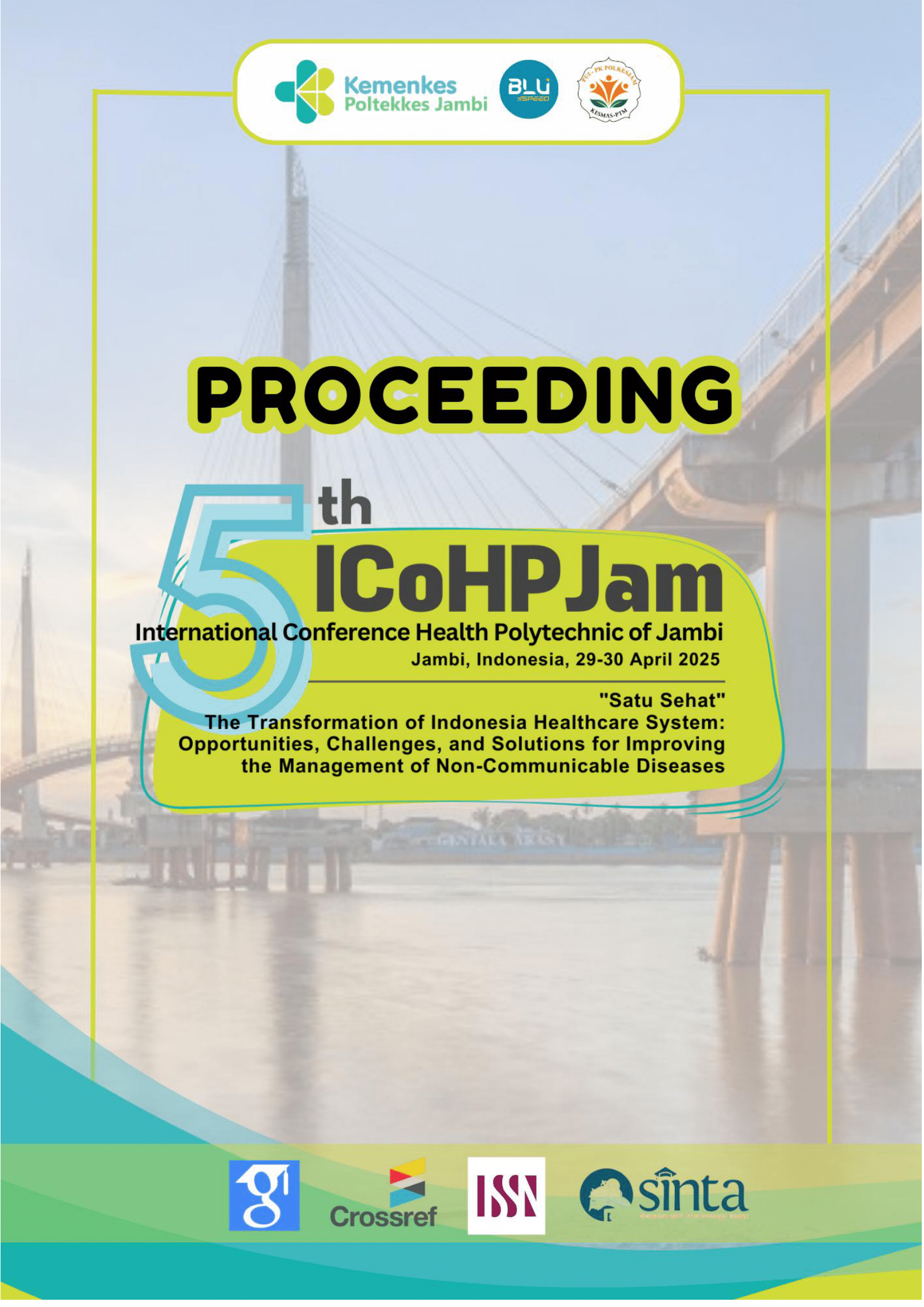Relationship of Proportions Minimum Acceptable Diet (MAD) with the Prevalence of Stunting, Wasting, and Underweight in Children 0-23 Months
Abstract
Background: Stunting, wasting, and underweight in children under two years of age are serious health problems in many countries, including Indonesia. Adequate nutrition in the first two years of life is essential to prevent growth and development disorders. A minimum acceptable diet (MAD) can reduce the prevalence of nutritional problems in children, but the provision of MAD in Indonesia is often not in accordance with recommendations. This study aims to analyze the relationship between the proportion of MAD with the prevalence of stunting, wasting, and underweight in children aged 0-23 months in Indonesia.
Method: The study used a cross-sectional design with aggregate data from 38 provinces from the 2023 Indonesian Health Survey (IHS).
Results: The independent variables analyzed included five MAD indicators, namely food diversity, meal frequency, milk provision, minimal diet accepted, and animal protein consumption. The dependent variables were the prevalence of stunting, wasting, and underweight, which were measured using anthropometric indicators (BAZ, HAZ, and WAZ).
Conclusion: The results of this study can be the basis for formulating health policies to improve child feeding patterns and reduce the prevalence of stunting, wasting, and underweight in Indonesia.



